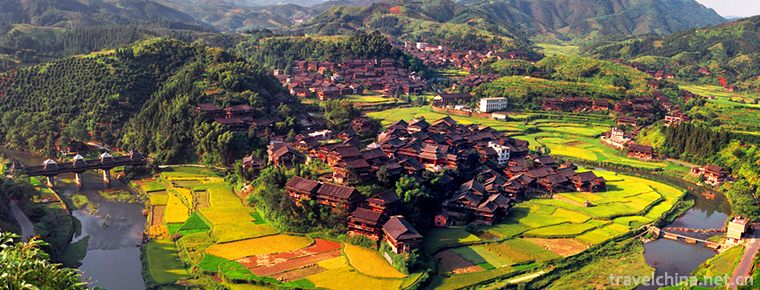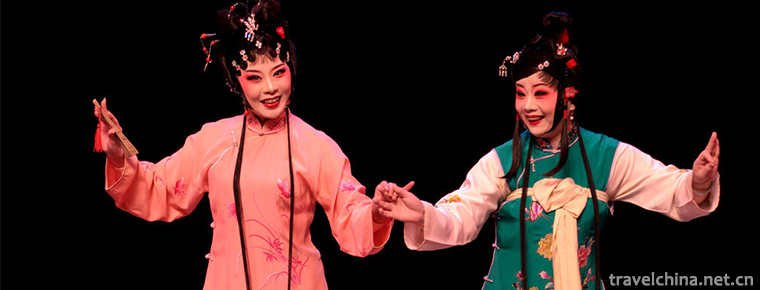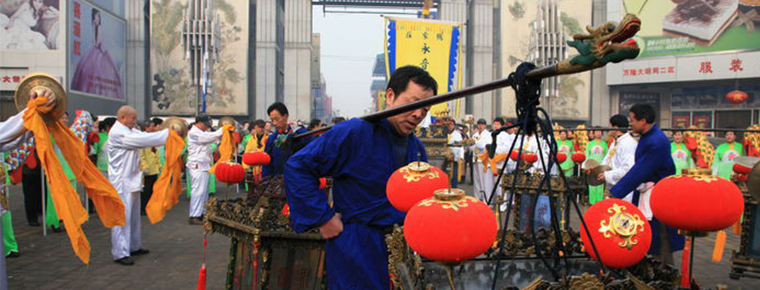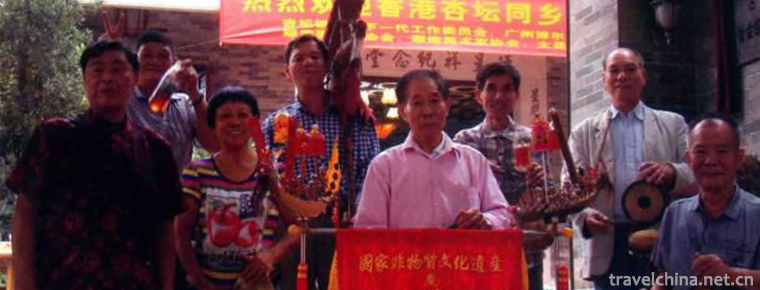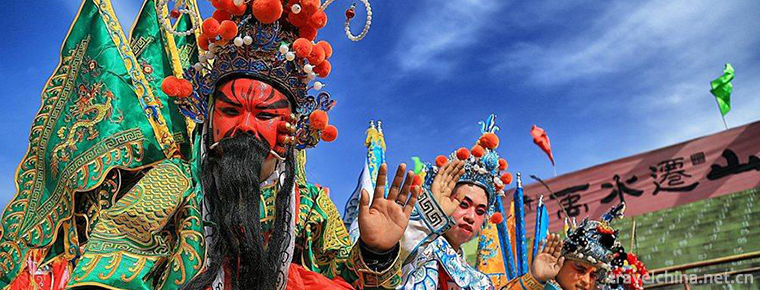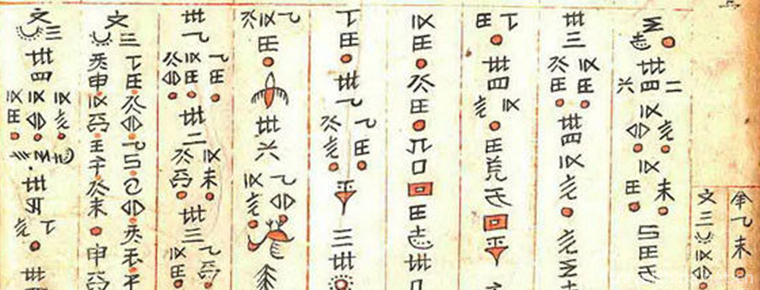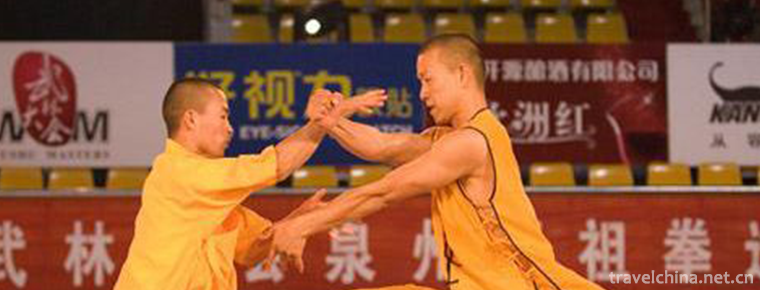Jinan Paomaling Tourist Area
Jinan Paomaling Tourist Area
Shandong Paomaling Scenic Area is located in the southeast of Jinan City, south of the famous mountain in China - Mount Tai, north of the cradle of the Chinese nation - the Yellow River. With the oldest stone pagoda in Sui Dynasty in China, Simen Pagoda, Wohushan Reservoir Scenic Area and Jinrushchuan Scenic Area, a circular tourist belt with rich cultural landscape has been formed.
Scale construction
Shandong Paomaling Scenic Area is located in the southeast of Jinan City, south of the famous mountain in China - Mount Tai, north of the cradle of the Chinese nation - the Yellow River. With the oldest stone pagoda in Sui Dynasty in China, Simen Pagoda, Wohushan Reservoir Scenic Area and Jinrushuan Scenic Area, a circular tourist belt with rich cultural landscape is formed, which is about 40 kilometers away from the urban area, with an average altitude of more than 700 meters, the highest altitude of nearly 900 meters, with forest coverage of more than 3000 hectares and convenient transportation. It is connected by the nearest roads of Mount Tai and Laiwu, and reaches all directions. According to the Records of Licheng County in Qing "Cloud peaks on both sides of the Taiwan Strait, like painted screens, covered by pine and cypress, are born in gaps; birds'islands fly, as in the mirror; wild flowers in spring, red leaves in autumn forest, look like brocade." In 1992, it was designated as a national forest park by the Ministry of Forestry of China. Moreover, the communication facilities are excellent, with communication optical cables laid, programmable telephone can open more than 10,000 doors, China Mobile Communications and Unicom network established, mobile communications are accessible everywhere, and postal communications are gradually improving. The scenic spot has a first-class water supply system with three-stage water lifting stations, and the daily water supply can reach 4000 cubic meters. The power supply is guaranteed. Double-circuit and 100,000 ampere high-voltage lines have been erected, and 2 sets of 2,000 kilovolt-ampere substation units have been equipped. There are abundant tourist resources in the scenic spot, which is connected with the stone pagoda of Sui Dynasty - Simen Pagoda, Wohushan Reservoir Scenic Area, Jinxiuchuan Scenic Area and Qixingtai Botanical Garden, thus forming a circular tourist belt in the southern mountain area of our city.
As the leading project of the scenic spot, Jinan Paomaling wildlife world, animals and natural scenery blend completely, with profound historical background. Its overall planning area is more than 10,000 mu, with 6,000 mu of closed construction and management, including 3,000 mu of animal world and 3,000 mu of forest park. It is divided into five areas: comprehensive service area, pedestrian area, herbivorous animal area, forest leisure area and mammal area. More than 10,000 animals and birds of various kinds are kept. The total building area of the park is 100,000 square meters, with nearly 100 scenic spots. It can be said that the whole park combines the trend of mountain body, clever layout, highlighting the theme of natural, deep and ecological magnificence of the Paomaling. Located in the southeast of Jinan City, about 40 kilometers away from the urban area, Paomaling is famous for its military training during Li Shimin's Eastern Expedition in Wude period of Tang Dynasty. With an average altitude of more than 700 meters, luxuriant forests and beautiful scenery, it covers an area of more than 30,000 mu. It has a reputation of "Xiaoyunnan Peimaling" in history.
Introduction of scenic spots
Located in Liubu Forest Park in the southeast of Jinan City, Paomaling Tourist Area is about 40 kilometers away from the urban area of Jinan. It is actually a wildlife gathering place with beautiful natural scenery. It is a national AAAA-level tourist attraction.
In accordance with the trend of mountains in the tourist area, the Paomaling tourist area has a clever layout, highlighting the deep natural environment and the magnificent ecological environment of Paomaling. Its natural scenery is charming, with its odd peaks overlapping obstacles, gentle rivers, green hills and green waters, and the fragrance of birds and flowers, among which people are lingering.
The tourist area of Paomaling is divided into six major areas: walking sightseeing area, forest leisure area, herbivorous animal area, mammal area, comprehensive service area and animal breeding center. There are more than 150 species and more than 10,000 animals in the park. There are more than 100 scenic spots such as sea lion hall, song bird valley, ecological wonder, kangaroo park, poultry lake, elephant hall and crocodile Bay in the tourist area.
There are monkey valley, sea lion exhibition hall, peacock garden, Australian ostrich garden, crocodile bay, bird lake, Mingcui Valley and other scenic spots in the walking sightseeing area. Combining with the natural landscape such as flower gallery and strange stone forest, it forms a beautiful landscape with mountains, water, pine and maple; African corridor, weaving bridge, conscience bridge, hand-in-hand pavilion, totem garden, animal taming exhibition hall, Qi Great Wall, imperial horse Pavilion in the forest leisure area. The scenic spots such as sightseeing gallery and Wangyue Pavilion merge perfectly with the forest, which makes people feel no trace of axe-chisel; the herbivore area is the habitat of herbivores, where there are dozens of rare wildlife in thirteen countries and regions on five continents; while the fierce wild animals such as tigers, cheetahs, wolves, black bears and brown bears are kept in the fierce beast area, some with sharp teeth and some with barren appearance. But it's amazing and awesome. Pedestrian sightseeing area is surrounded by mountains and rivers, with mixed pine and maple. It integrates ecological wonders, monkey valley, sea lion exhibition hall, peacock garden, Australian ostrich garden, crocodile bay, bird lake, Mingcui Valley, flower gallery and strange stone forest.
Starting from the pedestrian sightseeing area, along the highway in the park, it goes directly to Wangyue Pavilion, which is the largest forest sightseeing area among the similar parks in China at present. Africa Corridor, Weaving Bridge, Conscience Bridge, Hand-in-Hand Pavilion, Totem Garden, Animal Training Exhibition Hall, Great Wall of Qi, Royal Ma Pavilion, Tourist Gallery, Wangyue Pavilion and other scenic spots are distributed vertically and scattered, forming a perfect integration with mountain and forest environment. Among them, the Animal Training Museum stages wonderful programs of animal actors in turn. The highest point of the park is Wangyue Pavilion, which is 12 kilometers away from Mount Tai's Riguan Peak. When the weather is clear, the majesty of Mount Tai is clearly visible.
The Herbivorous Zone is the largest wildlife stocking Park in the world in Pangmaling, Jinan. It has dense forests, green grasses, undulating terrain and connected steep and gentle slopes with Intermountain basins. Antelope, camel, yak, antelope, rhinoceros, wild donkey, elephant, giraffe, zebra, ostrich, Sika deer, elk, white-lipped deer, white-crowned deer and other rare wild herbivores from 13 countries and regions on five continents inhabit a total area of 2.56 million square meters, forming a unique ecological landscape.
There are many fierce predators in the area. The king of the beasts, the tiger, has a variety of tigers, such as the Siberian tiger, the Bengal tiger and the white tiger, among which the white tiger is the most rare. Male lions from Africa, seemingly simple and fearsome black bears and brown bears, champion cheetahs, wolves and foxes, have formed their own families and communities. The Animal Breeding Center employs national experts with rich experience in wildlife breeding, purchases a large number of advanced scientific research equipment, establishes animal hospitals, feeding rooms, breeding institutes, nurseries and other institutions, and provides comprehensive health protection for many wildlife through careful, meticulous, rigorous and scientific work. It takes about half a day to visit the whole scenic area.
Tourism information
1. Opening hours of scenic spots from 8:00 to 18:00, ticket purchase instructions
2. Ticket Collection Place: Ticket Office of Scenic Spot
3. Tickets: 80 yuan in peak season and 60 yuan in off season
4. Reservation criteria for special population:
A. Free Policy: No tickets for children under 1.2 meters; Free tickets for elderly people over 70 years old with relevant certificates; Free tickets for active servicemen with military certificates
B. Preferential policies: children 1.2-1.4 meters tall, students, the elderly and soldiers half-vote
Gourmet snacks
Turnip cake
Sliced radish cake is a traditional fine flour food in Jinan. In modern times, hotels, restaurants and restaurants all have production. Yanxitang Restaurant, which opened in the 1930s, and Jufengde Hotel, which opened in the late 1940s, are famous for their radish shredded cakes. Nowadays, this cake is produced not only in Jinan, but also in some high-end hotels in Shandong and the whole country. Because the processing technology of radish shredded cake is complex, the supply exceeds the demand, and the customers like it.
Huang Jia barbecue
The unique flavour food, Huang Jia barbecue, was created in the late Ming Dynasty by a farm named Huang Jia Wan in Zhangqiu. It has been in the history of more than 300 years, and its production method is: take the medium lean pork type that year into the pig, kill five zang organs after slaughtering, remove the oil of the four feet, remove the four hoof bone and the partial ribs, and use the knife to draw the small mouth in the meat, knead into the powdered pepper, cloves and cinnamon. Marinade, aniseed, salt and other condiments were pickled, and then the pig's belly was opened with straw. The paper was put on the limbs and roast parts of pigs with fire paper, and then the whole pig was roasted in a special oven. Huangjia roast meat is tender, fat but not greasy. It tastes delicious when eaten alone. If it is stewed with cabbage and tofu, it has more flavor. Now Huangjia barbecue is listed as a famous food in Jinan. There are more than ten professional households operating this product in Zhangqiu City and Yixiangzhai in Jinan.
Chrysanthemum chafing dish
Chrysanthemum is a special product of our country. It blossoms around the Double Ninth Festival. Medicinal can disperse wind and clear heat, calm liver and clear eyes, detoxify and detumescence, etc. Chrysanthemum can be cooked into various dishes and drinks. The chrysanthemum hotpot is made by igniting the hot pot and adding high soup. After opening, the pickled main ingredients can be rinsed and dipped in the sauces made of leek, dried mustard, peanut, pepper noodles, green garlic, pickled vegetable and soy sauce and ginger. When eating, put chrysanthemum, spinach, fried steamed bread and other cooked thoroughly, but also boil dumplings, noodles and so on.
Soup dumplings
There are two most famous steamed buns in Jinan: one is "Dog ignores steamed buns" in Daguanyuan, the other is "straw steamed buns" in Puli Street. Both of them operate "pork soup pouring". Due to strict standards of feeding, fine production, new steamed buns out of the cage, no deformation, no collapse, although there are many oils, fragrant but not greasy.
Specialty
Donkey hide gelatin wine
Ejiao is named for its origin in Donga County Town (now Donga Town, Pingyin County). It has a history of 2,000 years. It is made of special black donkey skin and natural water quality, Langxi River. Li Shizhen called E-Jiao "holy medicine" in Compendium of Materia Medica and "three treasures of Chinese medicine" together with ginseng and antler.
Longshan millet
Zhangqiu's famous product "Longshan Millet" is one of the four major tributary rice in history. Legend has it that since the "Longshan Culture" there has been "Longshan Millet". From the reign of Qianlong in the Qing Dynasty, tribute was paid to the emperor. Longshan millet is rich in nutrients. According to the test, it contains 5.26% fat, 2% higher than other millet, 10% protein, and the contents of vitamin A and vitamin B1 and vitamin B2 are also higher than other millet. Therefore, people regard it as a good product for respecting the elderly, nurturing children and nourishing the body. "Longshan millet" concentrates in ten miles around Longshan village. It is a kind of pollution-free food, all of which are spring sown in dry land, no watering, no chemical fertilizer, more farm manure and cake manure.
White lotus root in clear water
Mingshui white lotus root is produced at the source of Mingshui Baimai Spring. Its flowers are white as jade, its texture is delicate, its lump is crisp and sweet, and it has no residue after chewing. It is a good dish at banquet. Lotus seeds can serve as tables, medicines and have the function of clearing silt and regulating qi. During the ten years of unrest, the white lotus root was on the verge of extinction. Now it has developed to more than 500 mu with an output of more than 5,000 Jin per mu.
Fragrant rice with clear water
Mingshui fragrant rice is abundant in the source of Baimai Spring near Yanchi Village, Mingshui Street. It has a history of 2000 years. It has been dedicated to the emperor as tribute rice since the Ming Dynasty. It is famous for its rich fragrance both at home and abroad. There are poems which prove that "one place is full of flowers and one family is surrounded by fragrant cooking". In 1959, Mingshui fragrant rice participated in the international exhibition of fragrant rice varieties held in India. Experts from all countries agreed that China's Mingshui fragrant rice was the best, followed by the United States, Japan and India. In order to protect local famous products, Zhangqiu Municipal People's Government organized scientific and technological personnel to cultivate two varieties of Mingxiang Huayu No. 1 and Fuxiang No. 3 after several years of efforts. The new varieties not only retain the advantages of "Dahongmeng", but also increase the advantages of lodging resistance, fertilizer and water resistance, early maturity, high yield and rich nutrition, which opens up broad prospects for the development of fragrant rice production.
Travel Tips
Tickets: 80 yuan in peak season (March 15 to November 15), 60 yuan in off season, 1.2 meters or less for children, running horse ridge
Half-vote for children, elderly people and soldiers from 1.2 to 1.4 metres.
Ticket Price: Jinan Paomaling Wildlife World Ticket Price 80 yuan
Opening hours: 08:30-17:30 at ordinary times; 08:30-18:00 at weekends; 08:30-16:30 in winter.
By car
From Jinan Railway Station and Long-distance Bus Station, there are special trains for traveling to Paomaling every 40 minutes. Besides, the starting station is No. 69 traveling bus on Jiefang Road, which also travels to Paomaling. Jingfu Expressway (Jiqing Expressway) - Jinan South Ring City Expressway - Jinan South Exit Lower - 103 Provincial Highway southeast to Liubu Town - about 6 km east to Lijiatang according to the scenic area sign - then northeast to the scenic area, the downward high speed arrives in about 30 minutes. Bus route: (1) Bali Bridge takes No. 67 bus to the terminal. (Passage: Wei12 Road, Dikou Road, Wushandong Road, Wushanshan Middle Road, Jilu Road, Wei2 Road, Heroes Mountain Road, S103 Provincial Road to Liubu.) The fare is 3 yuan.






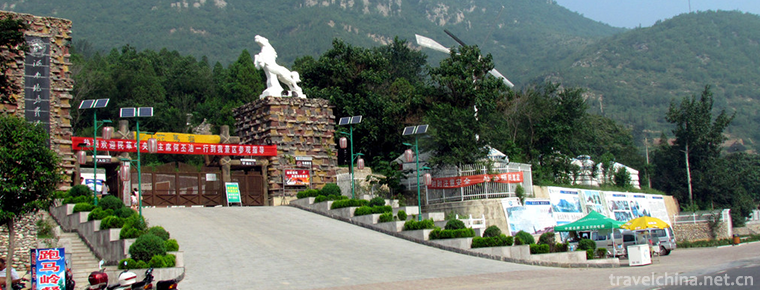
-
Cheng Yang eight Zhai
Chengyang Bazhai is located in Sanjiang Dong Autonomous County, Liuzhou City, Guangxi, 19 kilometers away from Sanjiang County. There are eight natural villages in Chengyang Bazhai, commonly known as .
Views: 94 Time 2019-01-05 -
Cuiyun Lang Scenic Area
Cuiyun Corridor, also known as "Huangbai Avenue", is a green corridor composed of nearly 10,000 green roads and ancient cypresses. It is the oldest and most well-preserved ancient road traff.
Views: 111 Time 2019-01-06 -
Zhalantun Scenic Area
Zhalantun Scenic Area is located in Hulunbuir City, Inner Mongolia, including Zhalantun City and the Greater Hinggan Mountains in the northwest. The mountains are dense with pine and birch.
Views: 144 Time 2019-01-25 -
Legend of Chen Sanwuniang
Li Jing Ji of Chen Sanwuniang is an ancient folklore, belonging to the legendary works of Ming Dynasty in China. The author has lost his life in Quanzhou (Chen Sang) of Fujian Province.
Views: 107 Time 2019-04-16 -
hubei drum
The original name of Hubei drum is "drum book", also known as "drum storytelling" and "drum Beijing tune", etc. It is a traditional rap art popular in Xiaogan.
Views: 150 Time 2019-05-03 -
Jin men drum
Jinmen Fagu is a local traditional music and dance art in Tianjin, which appears in the form of performances of the Lao Hui or the Sacred Congregation. In June 2008,.
Views: 137 Time 2019-05-07 -
Dragon Boat rap
Dragon boat rap, also known as "Dragon Boat", "Dragon Boat Song", "Dragon Island Song" or "Shunde Dragon Boat", is a popular form of folk art in the Pearl River.
Views: 117 Time 2019-05-14 -
Folk fire Min Jian She Huo
Folk society fire is a kind of folk entertainment popular in China during the Spring Festival. It is widely spread in Shaanxi, Shanxi, Hebei, Henan, Liaoning and other provinces. On May 20, 2006, Folk.
Views: 155 Time 2019-06-05 -
Shui Shui Custom
"Shuishu" is a prototype written by the ancestors of the Shui nationality of the minority nationalities in Southwest China. Shui Shu custom is the formation, development and inheritance of S.
Views: 187 Time 2019-06-15 -
Wuzuquan
Wuzu Quan is one of the Nanquan in traditional Chinese boxing. It is said that Cai Yuming (from Quanzhou, Fujian Province, 1853-1910) synthesized Baihe Quan, Monkey Quan, Arhat Quan, Dazun Quan and Ta.
Views: 137 Time 2019-06-29 -
Borneol Bridge
Luxian county is the "hometown of dragon culture" and "the hometown of Longqiao" in China. There are hundreds of ancient Longqiao bridges in the Ming and Qing Dynasties in Luxian County, which is the largest group of Longqiao in China and even in the world..
Views: 143 Time 2020-10-16 -
Mineral resources in Neijiang
Neijiang City is rich in mineral resources. Energy minerals mainly include coal, natural gas and oil shale; nonmetal and building materials minerals include limestone, sandstone, shale, refractory clay, bauxite, marble, river sand, gravel and ceramic clay, etc.;.
Views: 347 Time 2020-12-16
